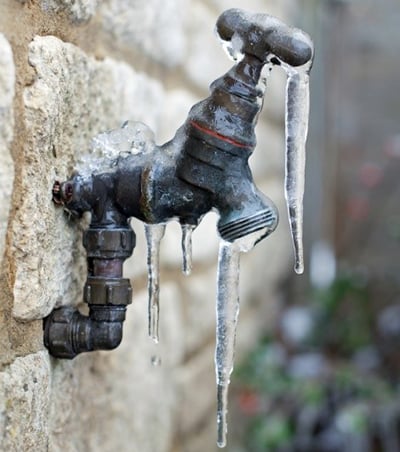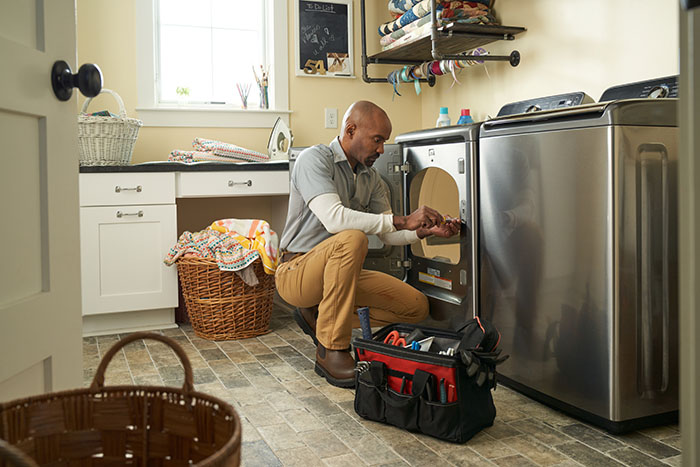If you live in an area with cold, snowy winters, you already know that the change of seasons doesn’t mean the end of working outdoors. Winter just means retiring the lawn mower, leaf blower, and rake so you can break out the snow shovel and snow blower for another four to six months of outdoor winter home maintenance.
Shoveling snow is hard work, and it can be dangerous — plenty of people fall and hurt themselves in slippery winter conditions, and you’re even more likely to suffer a heart attack while exerting yourself shoveling snow. Follow these tips to remove snow safely and efficiently this winter.
Buy the Right Snow Blower
If you can afford one, a snow blower is the smartest, easiest, and safest way to remove large quantities of snow. Snow blowers are ideal for clearing large, flat areas, and they work best when there is at least two inches of snow accumulation. If you’re new to snow-blowing, you’ll need some time to figure out the ideal speed. Move too slowly, and snow won’t exit the machine in a sufficiently large arc; move too fast, and it’ll fall out the sides of the blower and right back into your path. If the snow is very wet, you’ll need to slow down and take the area into smaller sections.
There are two kinds of snow-blowers: single-stage and two-stage. Single-stage blowers are best for paved surfaces. Two-stage blowers are better for gravel surfaces because they allow you to adjust the height of the blades so the machine doesn’t suck up the gravel on your drive and throw it all over your yard.
Shovel Smart
While snow blowers are perfect for clearing snow from large areas, you might still need a snow shovel for sidewalks, steps, and, of course, digging out your car so you can defrost it and get moving. A lightweight shovel with an aluminum or plastic blade is best for shoveling snow. If you’re shoveling a surface that can be damaged, like a wooden deck, a plastic shovel blade is best.
Save your back and purchase a snow shovel with an S-shaped handle. Use a wheeled snow shovel to “plow” snow from a large surface area, so you don’t strain your back lifting and throwing shovelful after shovelful of heavy, wet snow. If you don’t have a wheeled shovel, you can still use the plowing motion with most large, wide-bladed snow shovels. Place the blade at the edge of one side of the surface area and push snow across, rather than lifting and throwing it.
If you are lifting and throwing snow, which may be unavoidable in some cases, take it easy. Grab smaller shovelfuls of snow so you don’t strain your back or overexert yourself.




